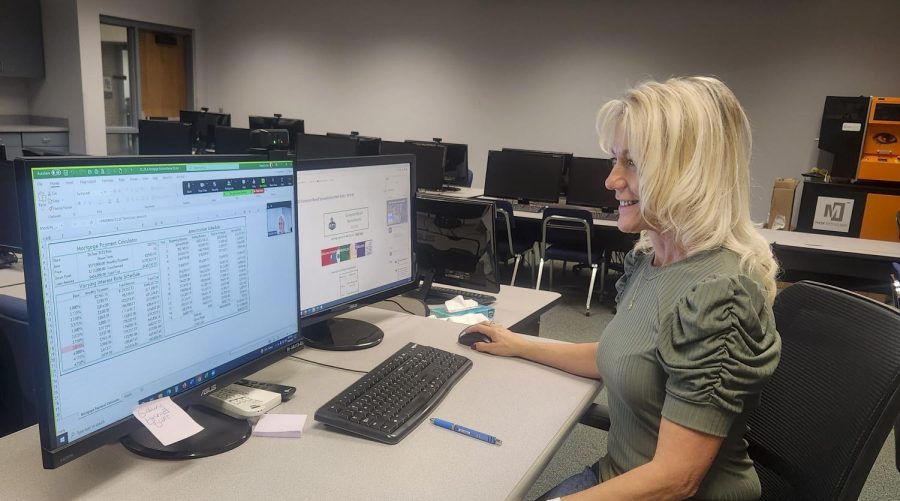Laptops, cell phones, digital cameras and iPods, all normal items for a college student to own.
Commodores, telegraphs, Polaroids and cassette, all items a current college student may know nothing about.
As the amount of technology in daily life grows, the size of the technology continues to shrink. The computer, that used to take up an entire room, now hardly takes up space on a desk.
With the changes in technology, it’s not hard to see how some people will never know what VHS tapes or Commodore 64s are.
As landlines become obsolete, the amount of cell phones is increasing exponentially. In 2005, there were more than 2 billion subscribers to cellular service, according to cellnumbers.com. With unlimited service and mobility that would be impossible with a landline, it’s no wonder why people are switching to cellular service.
Another reason the number of cell phone subscribers is growing is that a cell phone has become a small computer. With constant email updates, full keyboards and applications for everything imaginable it’s not surprising that people have chosen to become seriously attached to their cell phones.
As computers change, the way we get our information from them changes as well. The floppy disk was the most popular medium for storing data for nearly 20 years. Now a USB flash drive does the same thing but is smaller in size and larger in storage space. This would ultimately eliminate many floppy disks that are taking up space in desk drawers.
Other than computers, entertainment is becoming farther and farther advanced technologically.
Atari was incorporated in 1972, and the gaming console released a short time later. Thirty-four years after the Atari release, Nintendo released the Wii. The only thing that links these two gaming consoles is the fact that they play video games.
Wii uses Bluetooth technology to connect the Wii-mote to the console. The Wii eliminates many wires and hookups and expands the audience to include just about anyone.
With the advances already made in technology it will be interesting to see what lies ahead.
Technology constantly changing
April 24, 2009
More to Discover














![The sophomores were recognized on the field instead of walking across the stage during their doubleheader. They received their diplomas and a picture of themselves playing during their career at Seward. [Pictured left to right are Dylan Day, Reed Thomas, Jase Schneider, Mason Martinez, Gannon Hardin, Brody Boisvert, and Zach Walker]](https://crusadernews.com/wp-content/uploads/2022/05/WEBDSC_0275-900x454.jpg)



























































